Monday, April 17th, 7.10
A chance encounter at a monastery in the Sinai Desert inspired William Dalrymple to carry out a fascinating investigation into the little-known legend of the spread of Christianity in Southern India.
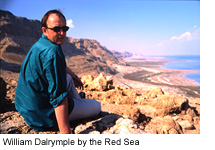 |
Scholars have long-debated the story of the hazardous trip and William sets out to prove that St Thomas did, indeed, make the journey to India to spread the Christian message of faith.
He follows the route that St Thomas is likely to have taken - from Jerusalem to Elat and from there across the Arabian Sea and 3,000 miles of hazardous sailing to the Malabar Coast of south west India - once a wealthy haven for major spice traders from Europe and Asia.
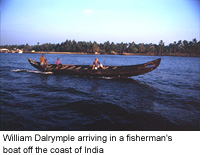 |
Say William: "The lure of spices meant that there was a thriving ex-pat community of Romans and Jew who Thomas could try to convert."
And convert, it appears, they did. On his journey along St Thomas' path William encounters strong evidence of the saint's work.
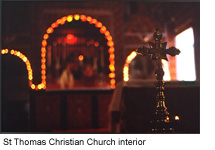 |
A mild diversion on his travels comes in the form of a group of dancing nuns. They perform an intricate dance for William which has been handed down over the centuries by the followers of St Thomas. The dance tells the story of St Thomas' mission in India and was borne out of the destruction by the Portuguese invaders of all St Thomas' original manuscripts and Christian teachings. He also meets Arundhati Roy, the best-selling author of The God of Small Things.
www.bookradio.com/interviews
http://website.lineone.net
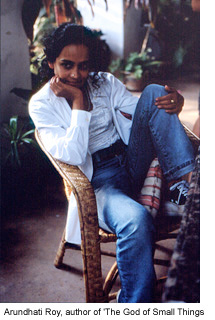 |
Says William: "Not only is Kottayam full of lay Christians, it is also packed with monasteries and seminars. While the Christian churches of Jerusalem and the West are slowly emptying, those in India are flourishing more than ever."
On to Mylapor, a temple town on the outskirts of Madras where St Thomas died, 20 years after he first arrived in India. Seen as a threat by the local Hindu raja, St Thomas was killed by a band of his soldiers.
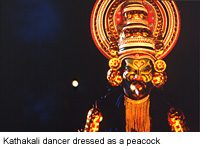 |
Says William: "While Christianity has never been a major faith in India, it is a religion with incredibly deep roots in the soil and one which has clung on with remarkable tenacity despite the odds."
Links:
Story of St. Thomas in India:
www.marthomasf.org/thomas/thomas.html
St Thomas Historical Perspective
www.indian-orthodox.org/history/history.html
Arundhati Roy:
www.bookradio.com/interviews/roy/html/roy01.html http://website.lineone.net/~jon.simmons/roy/index.htm